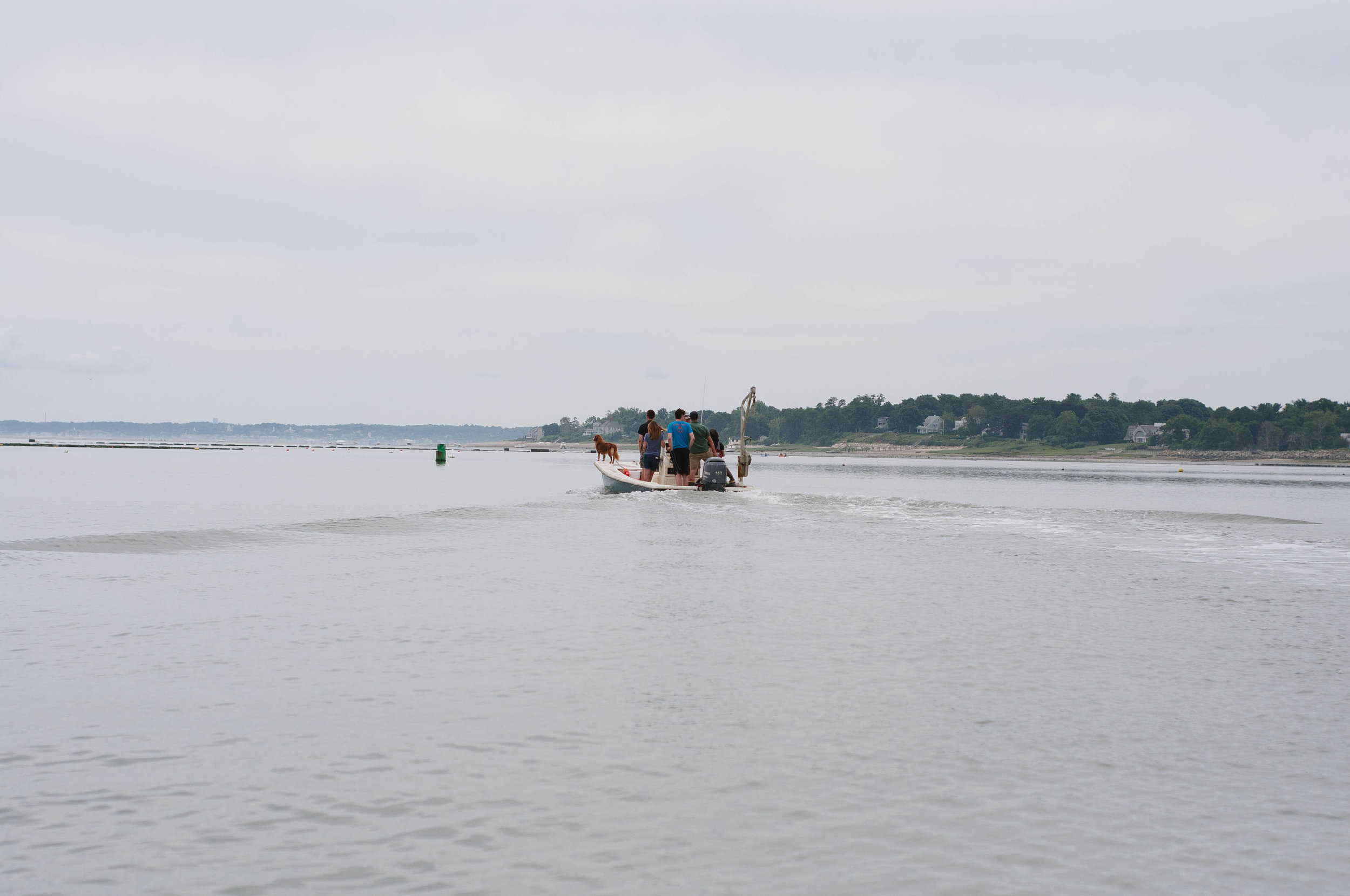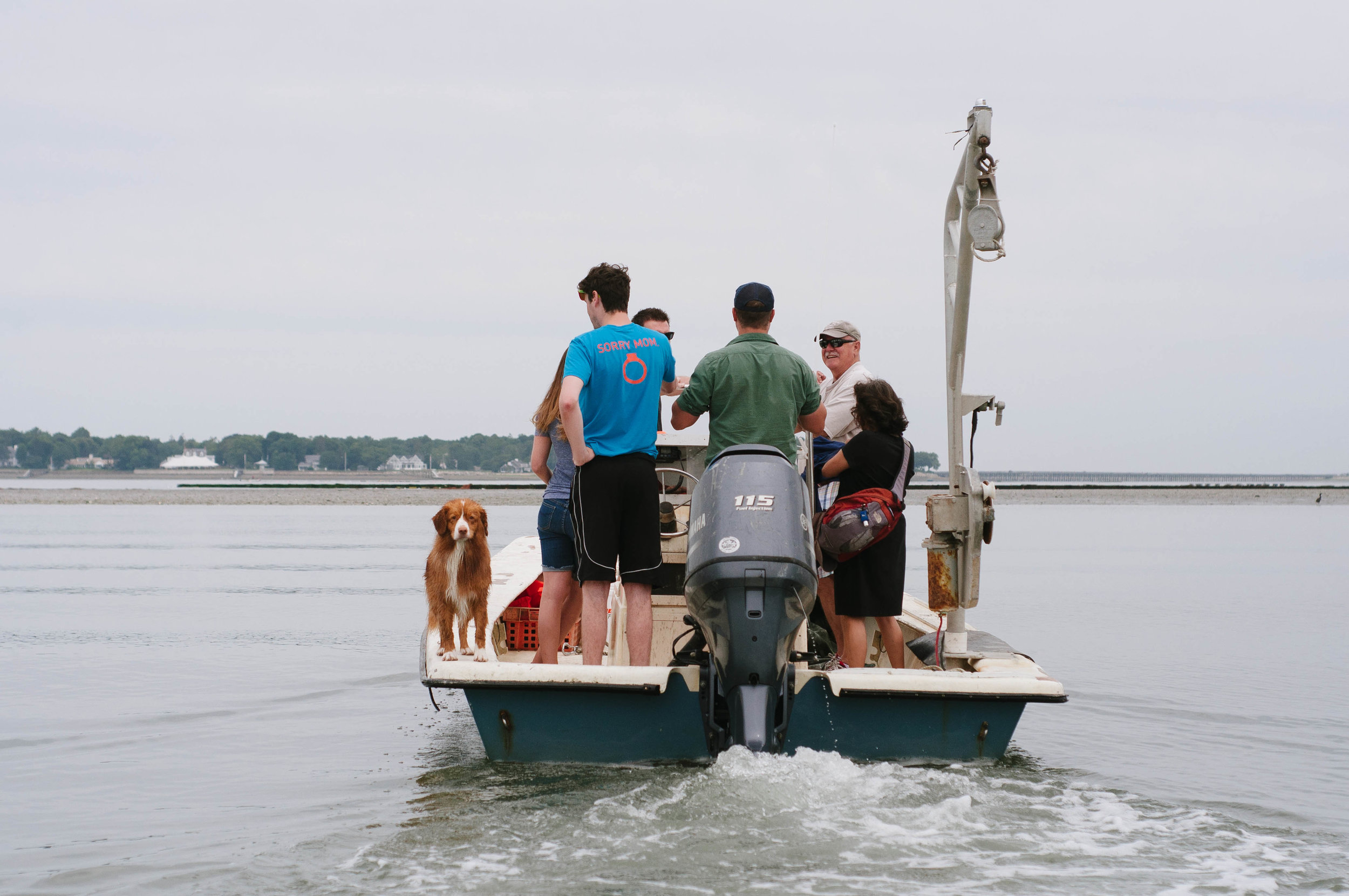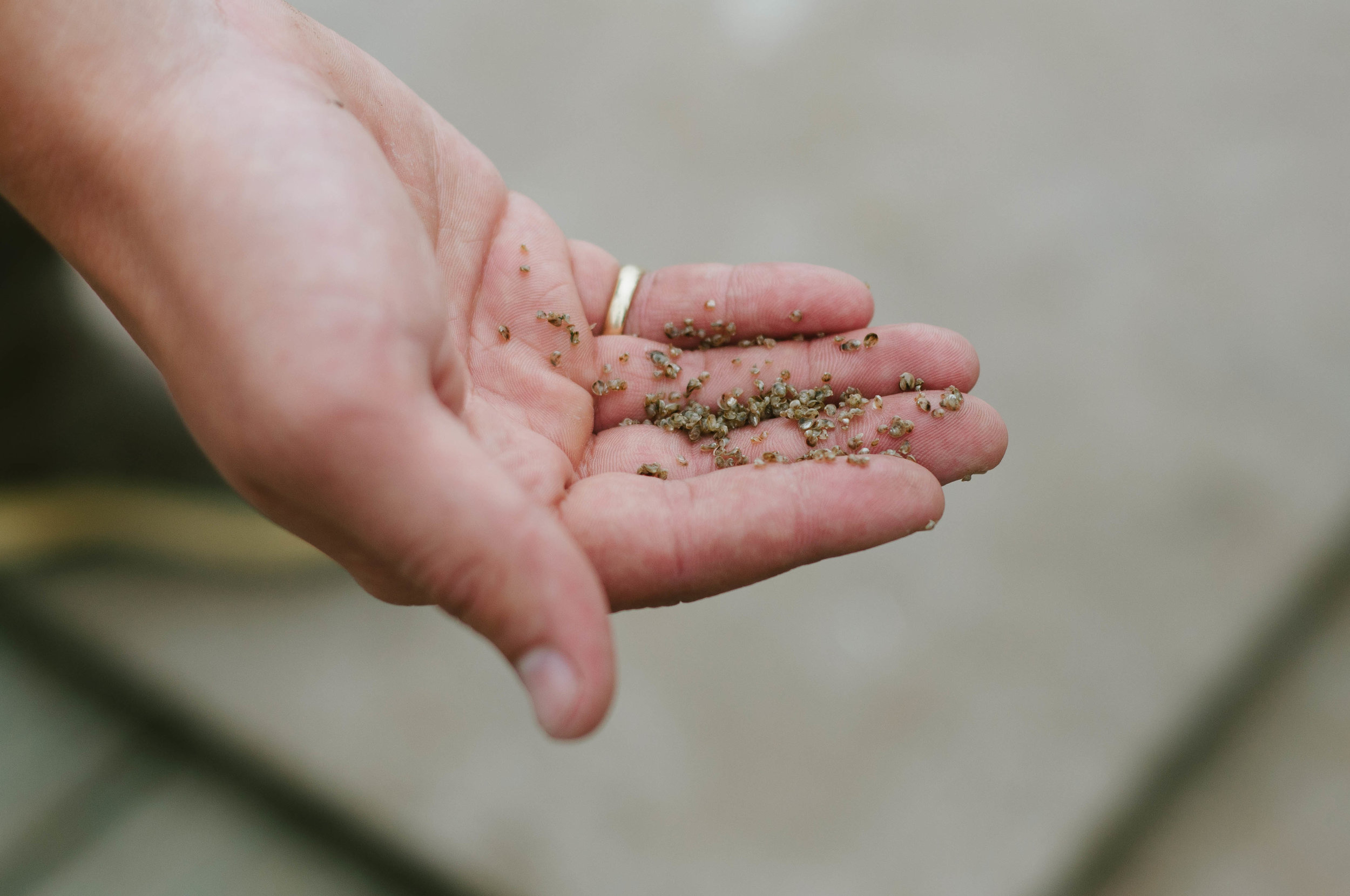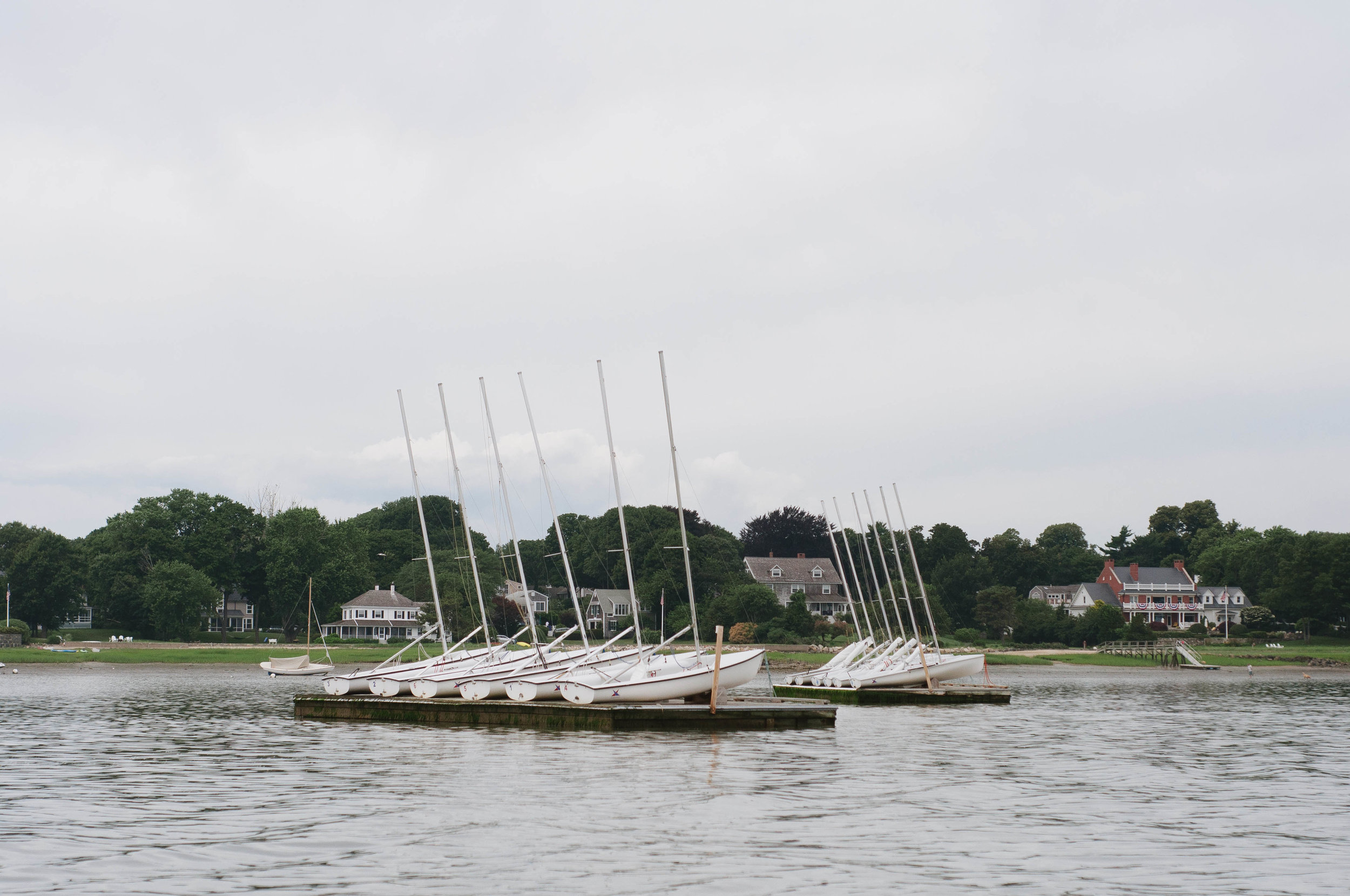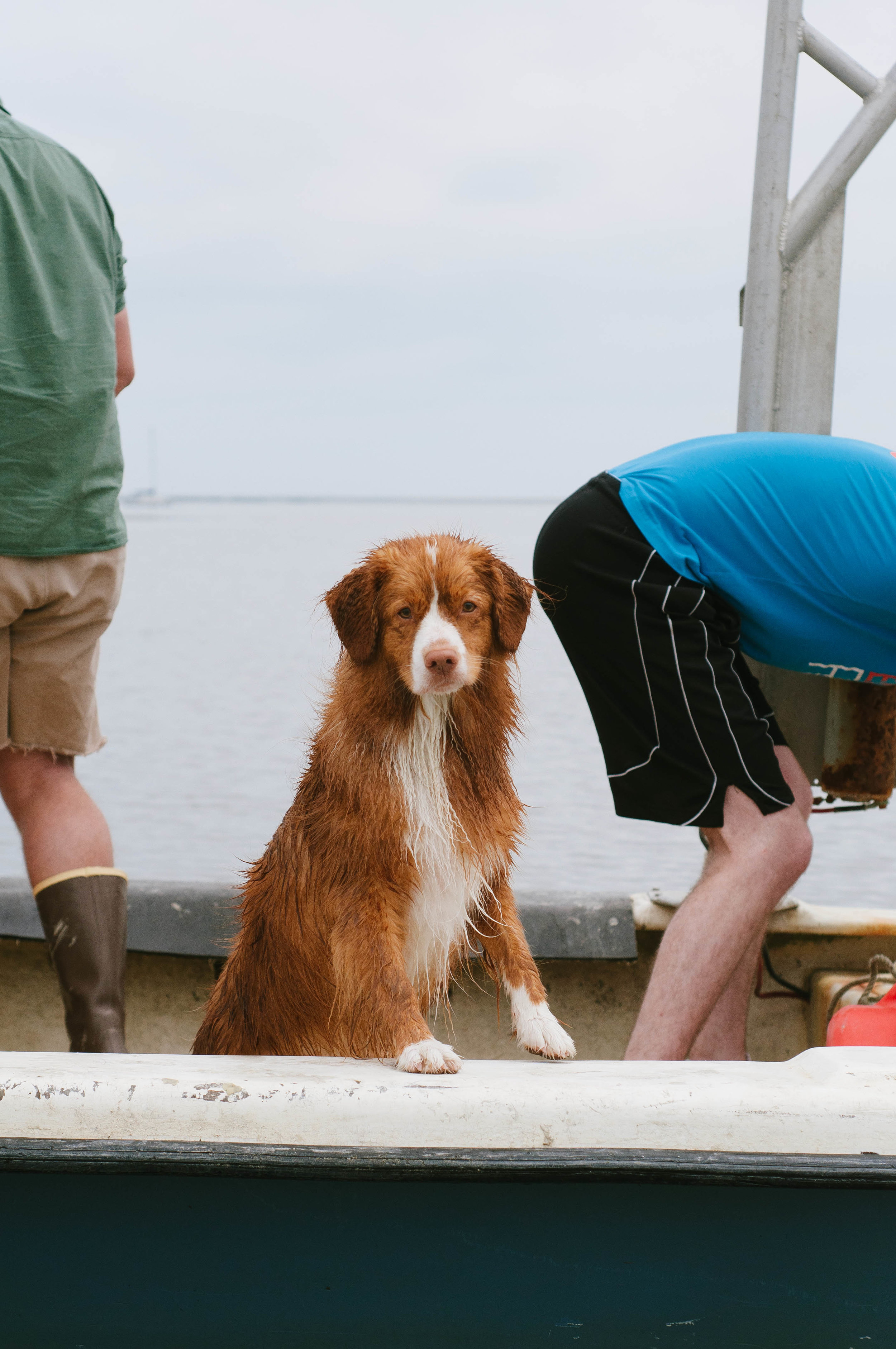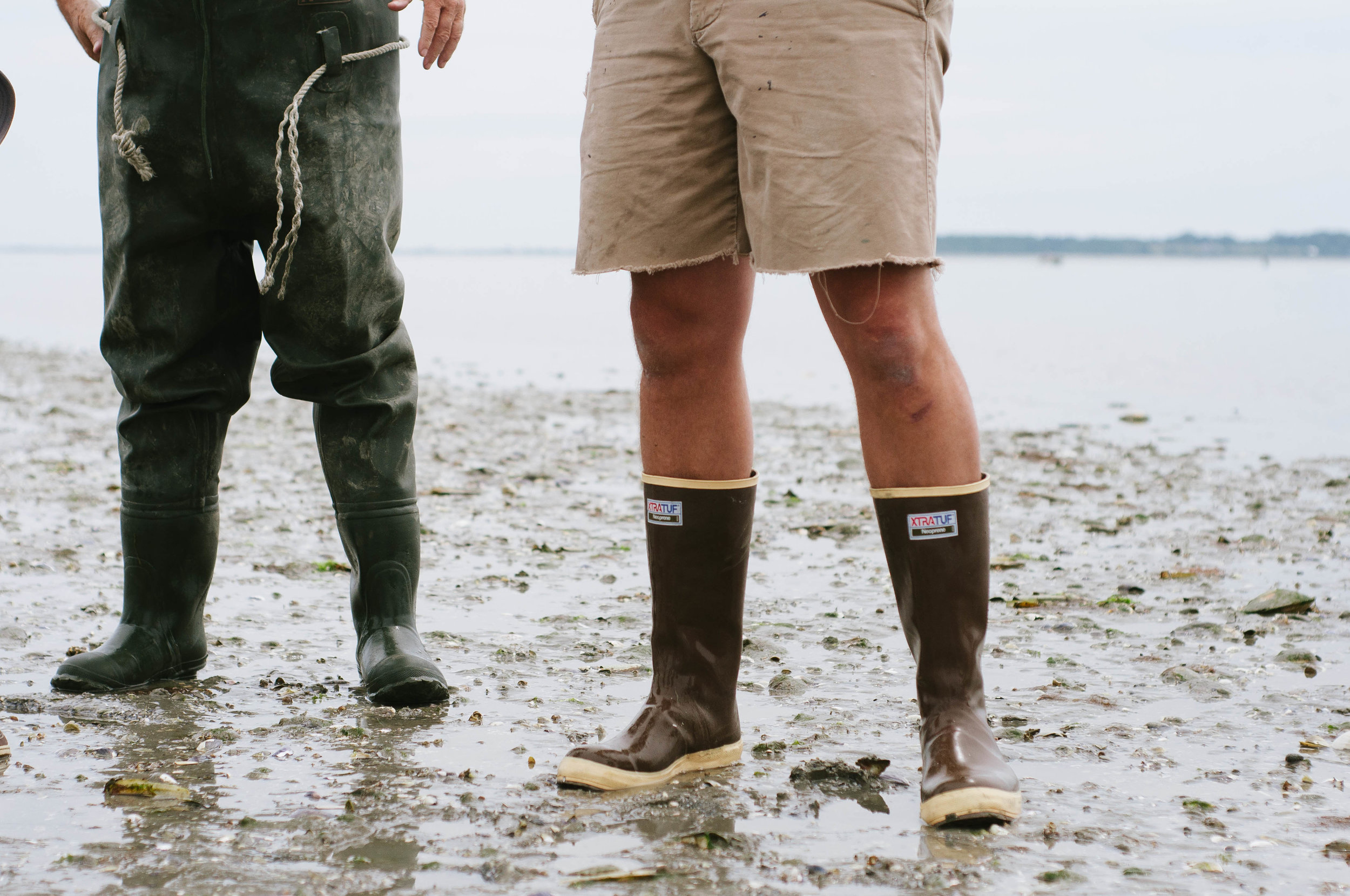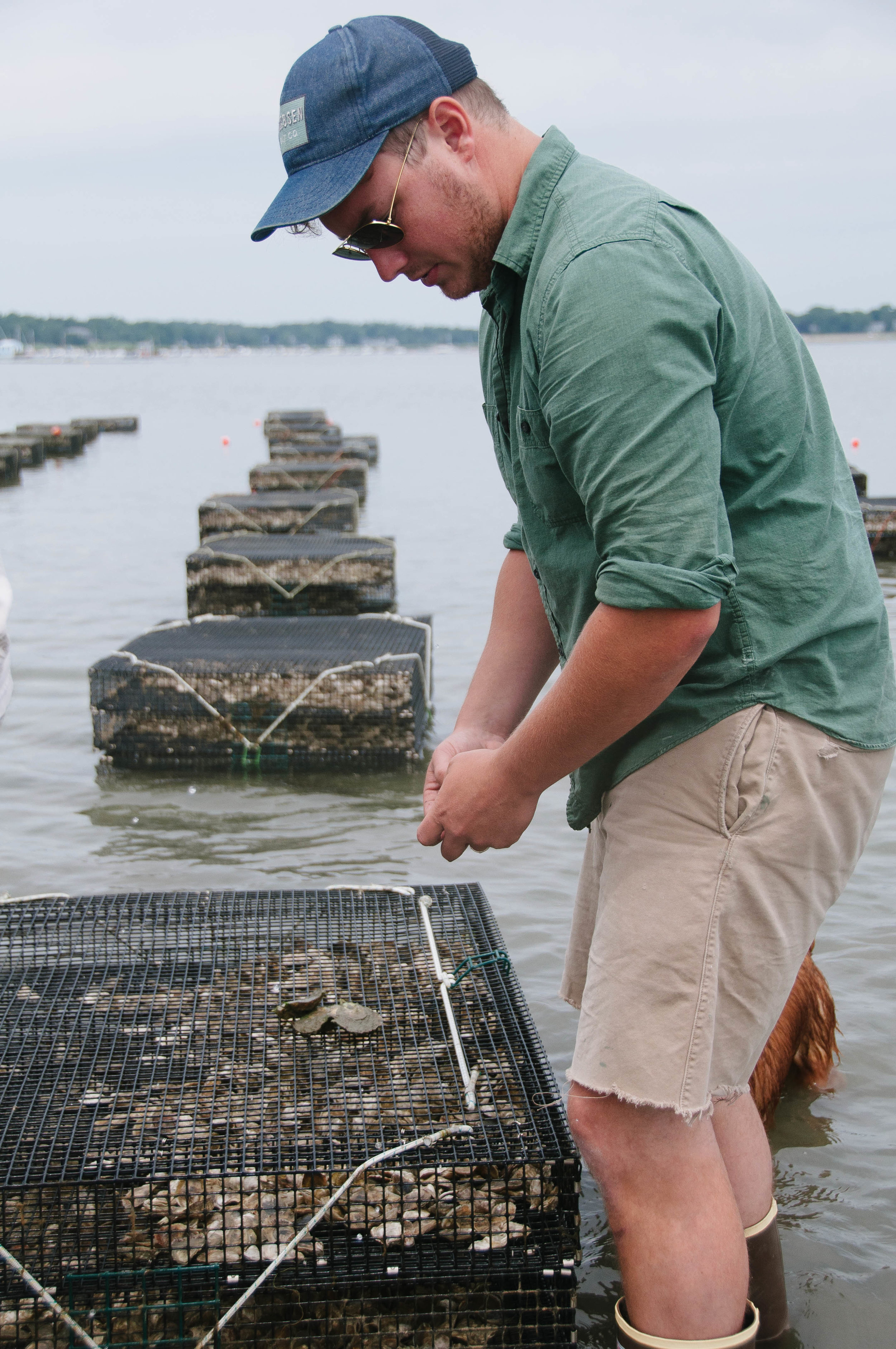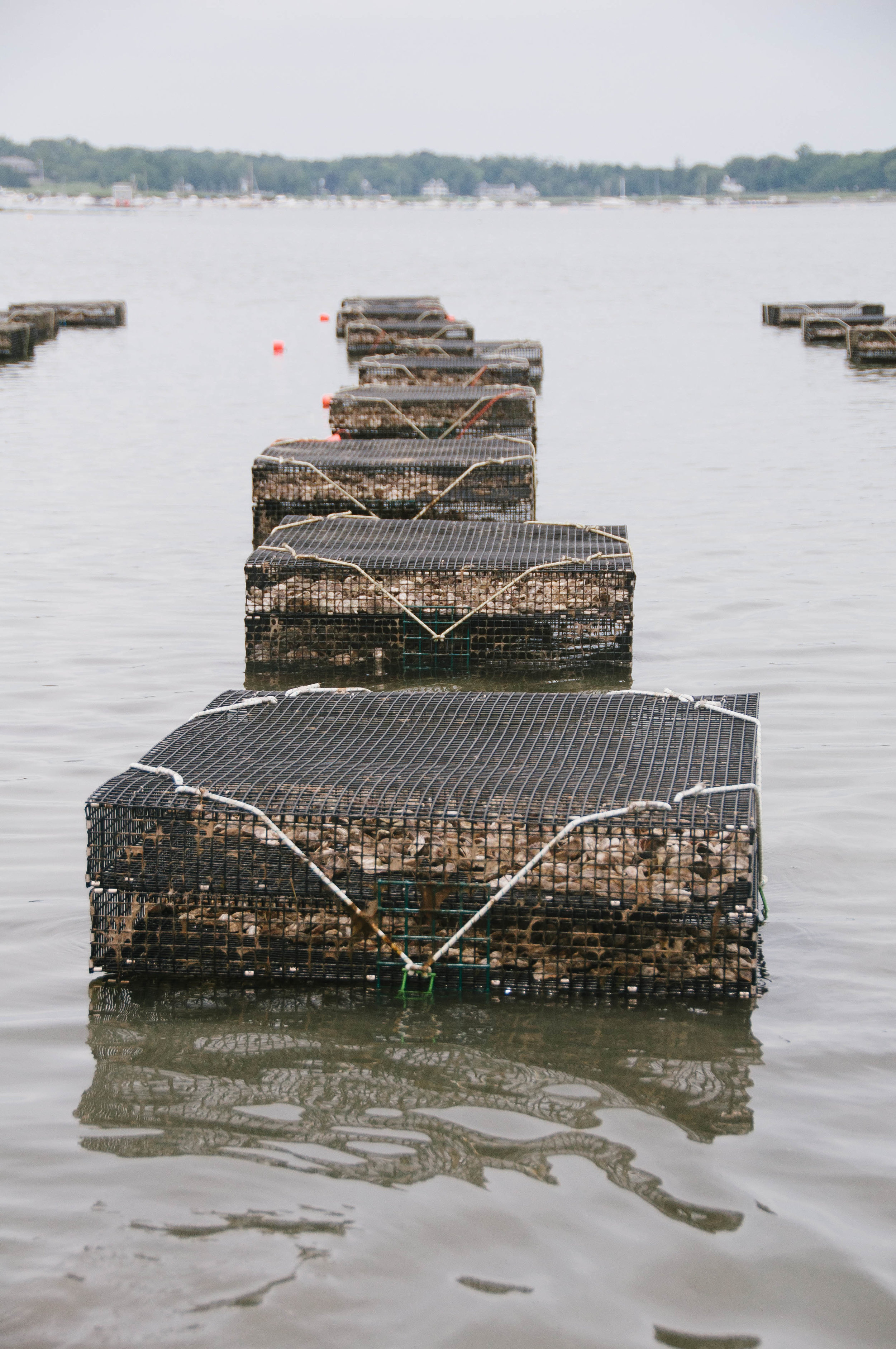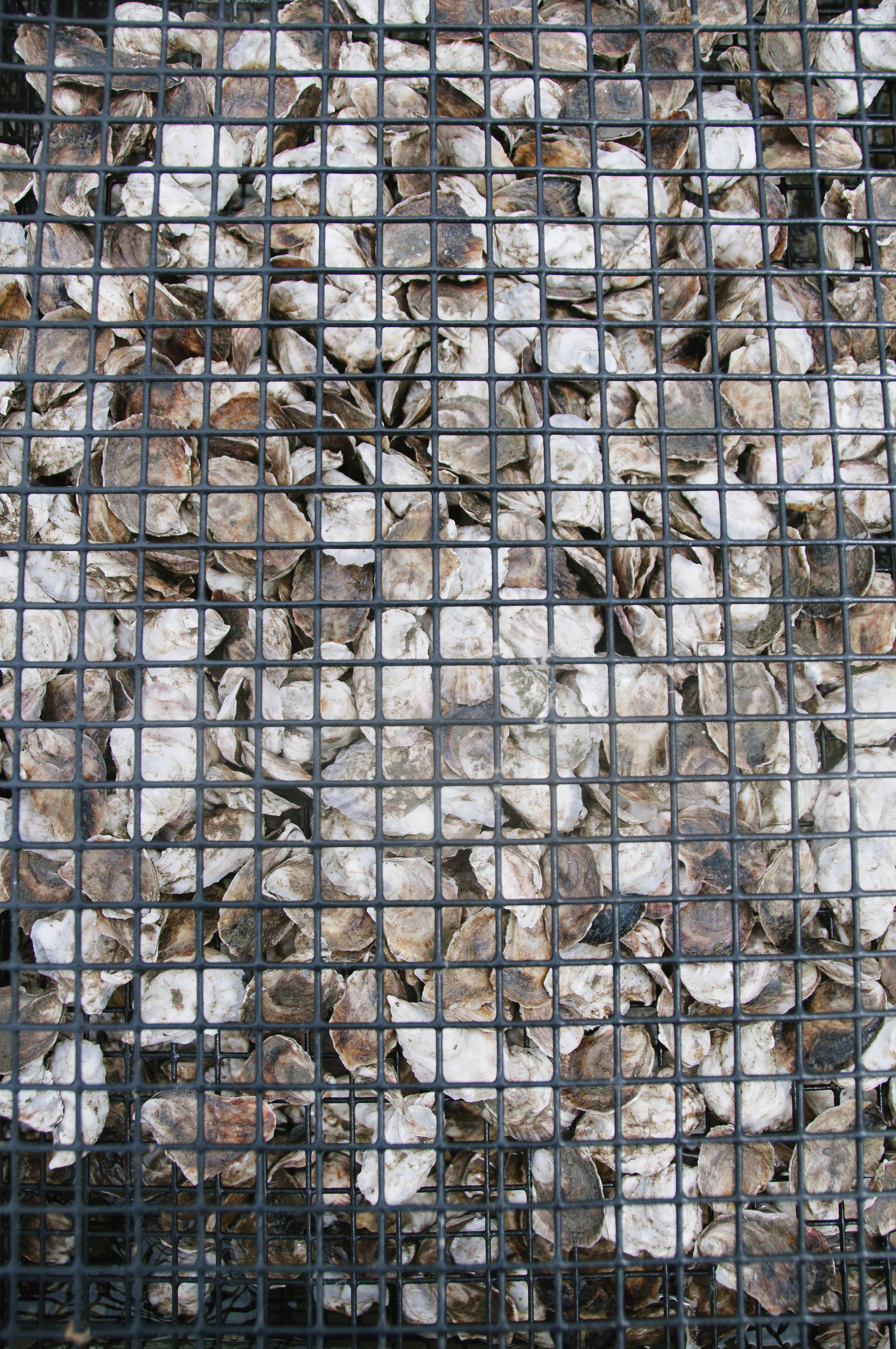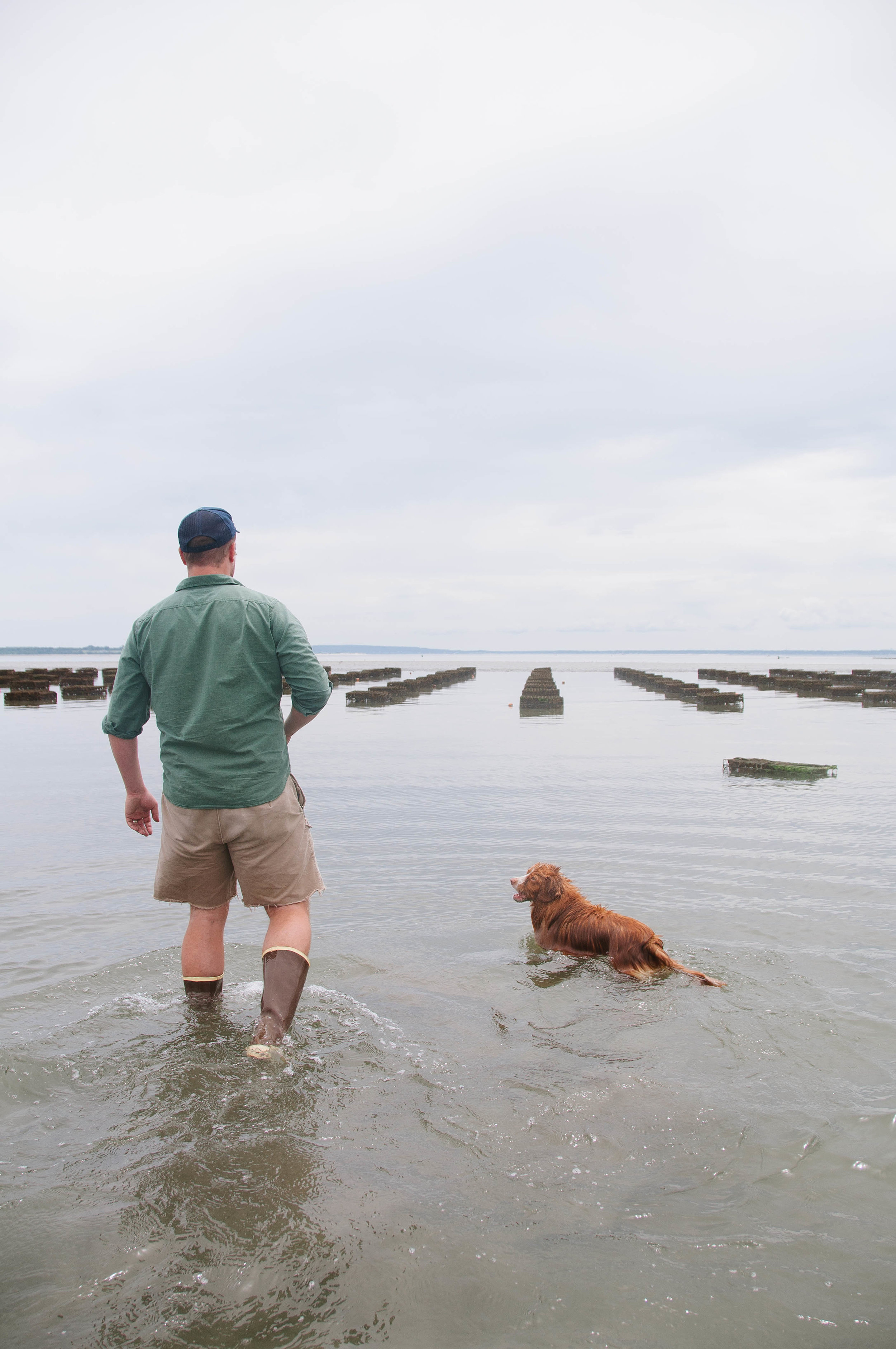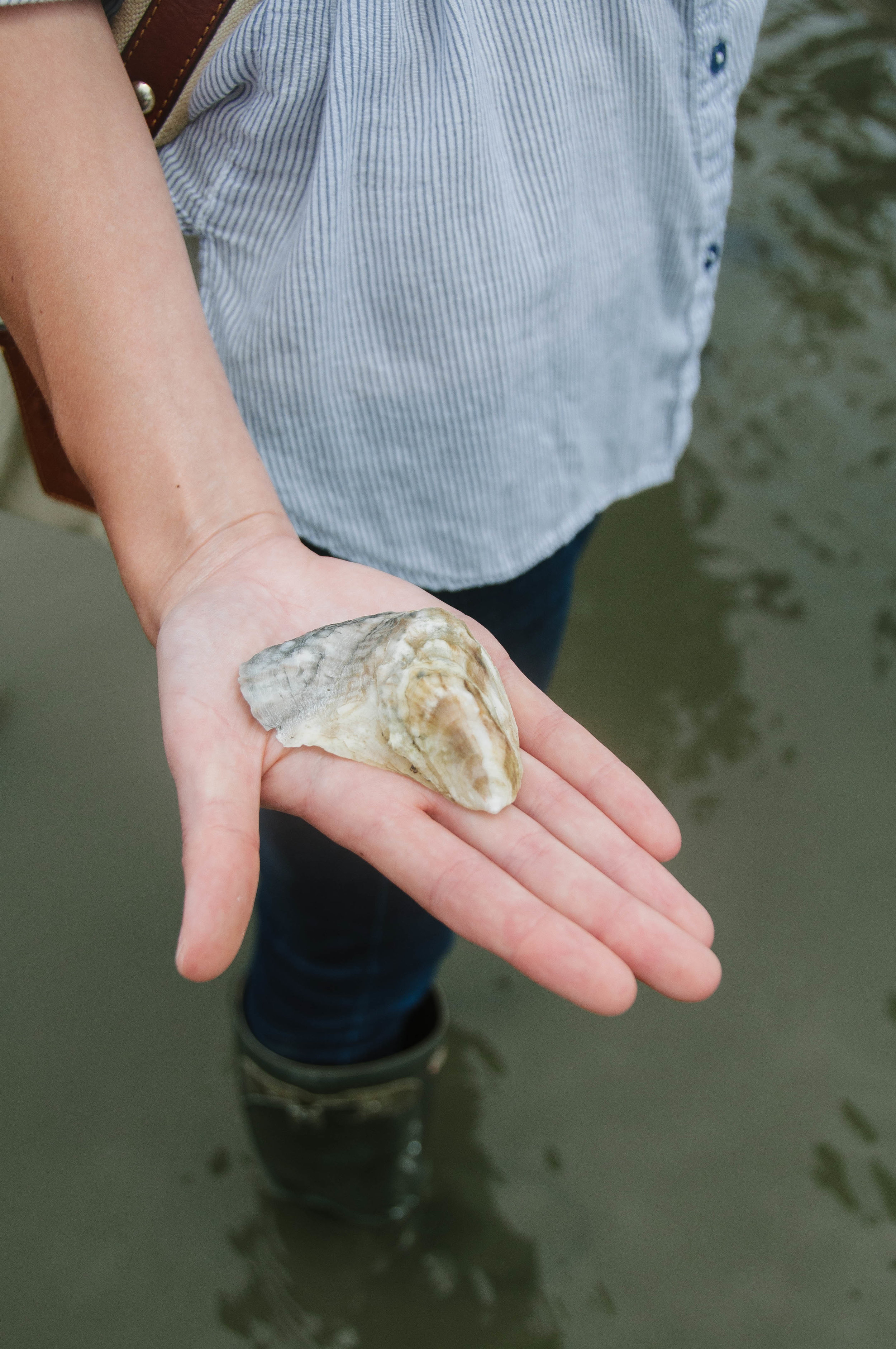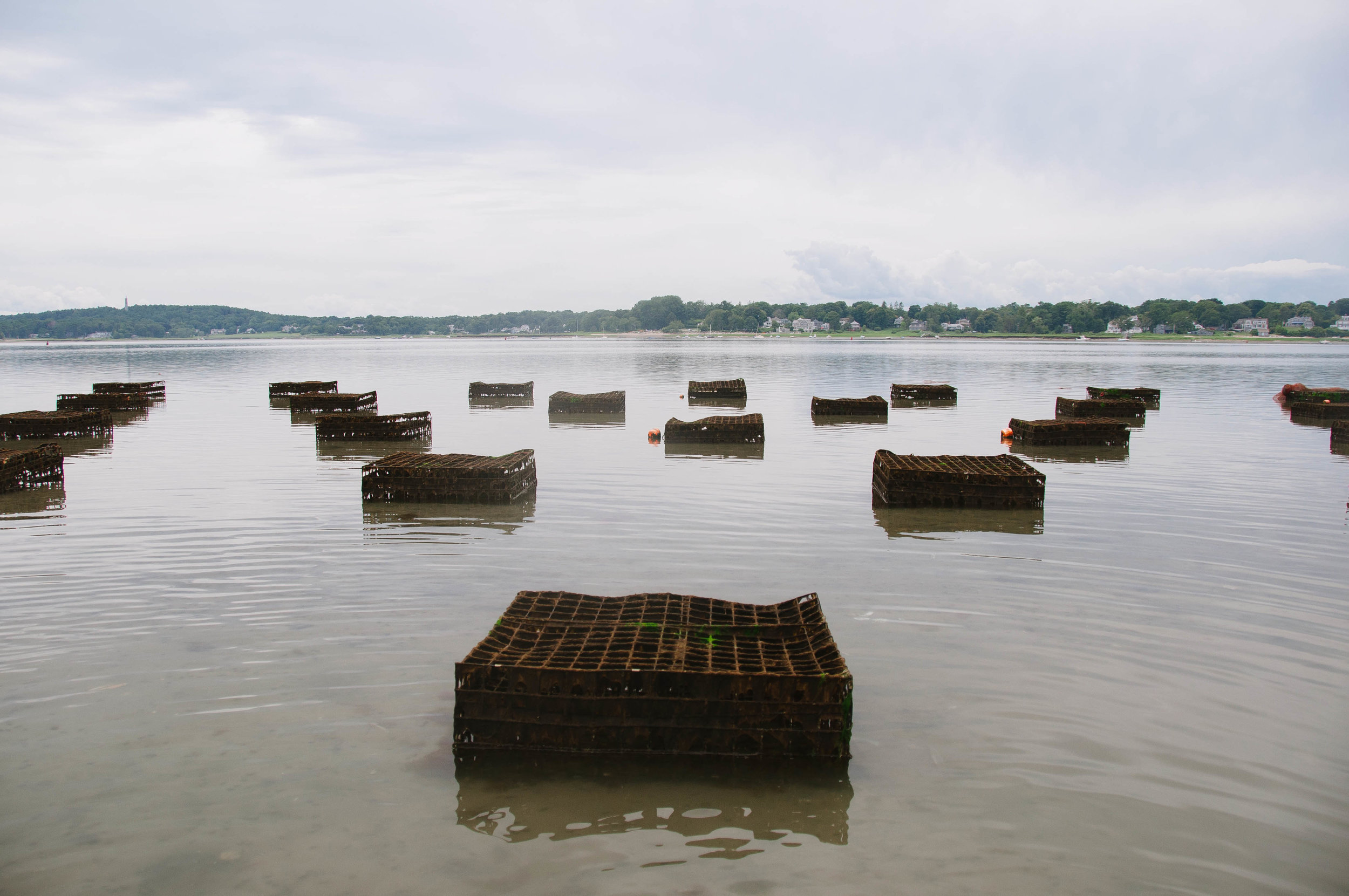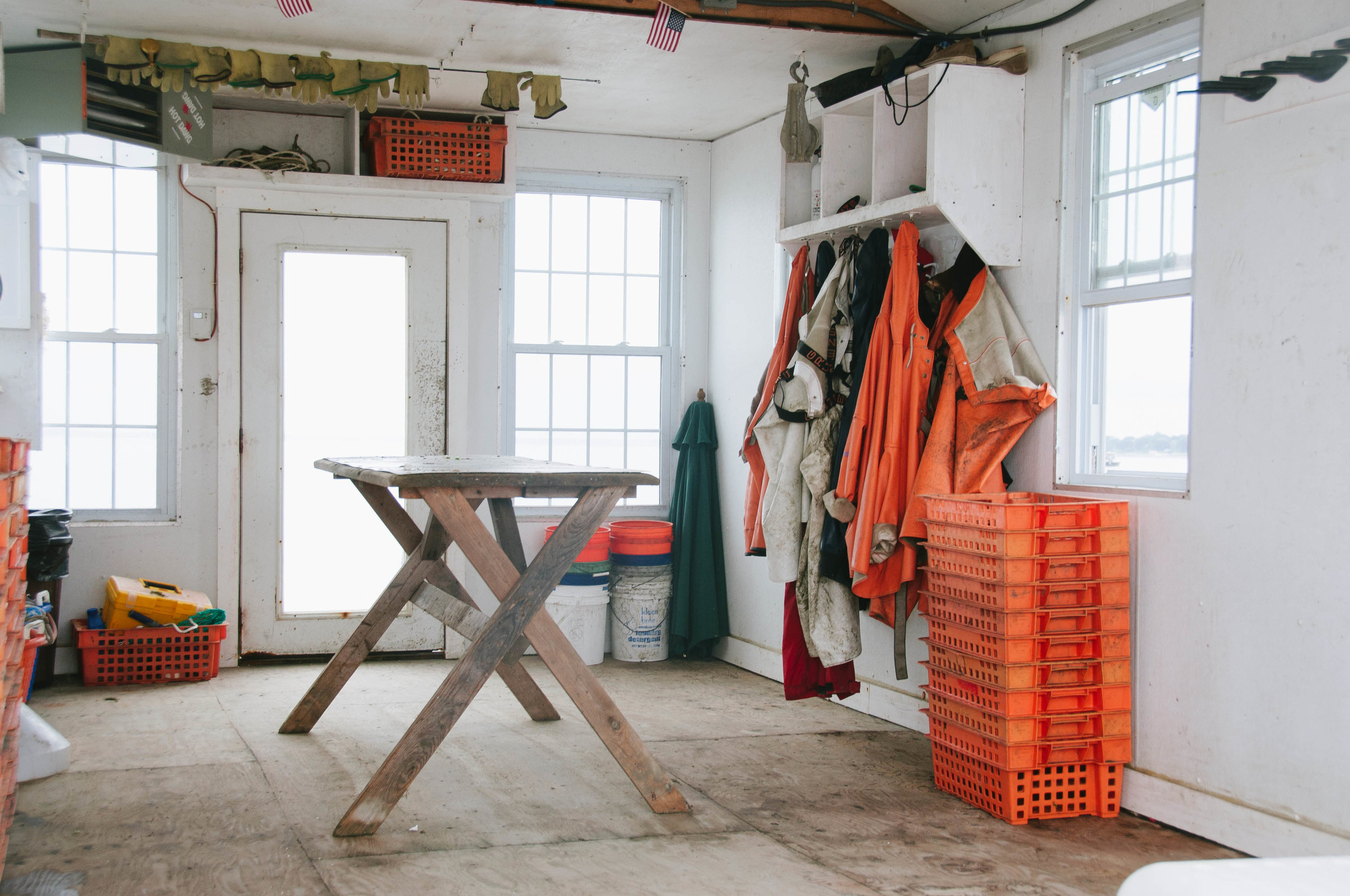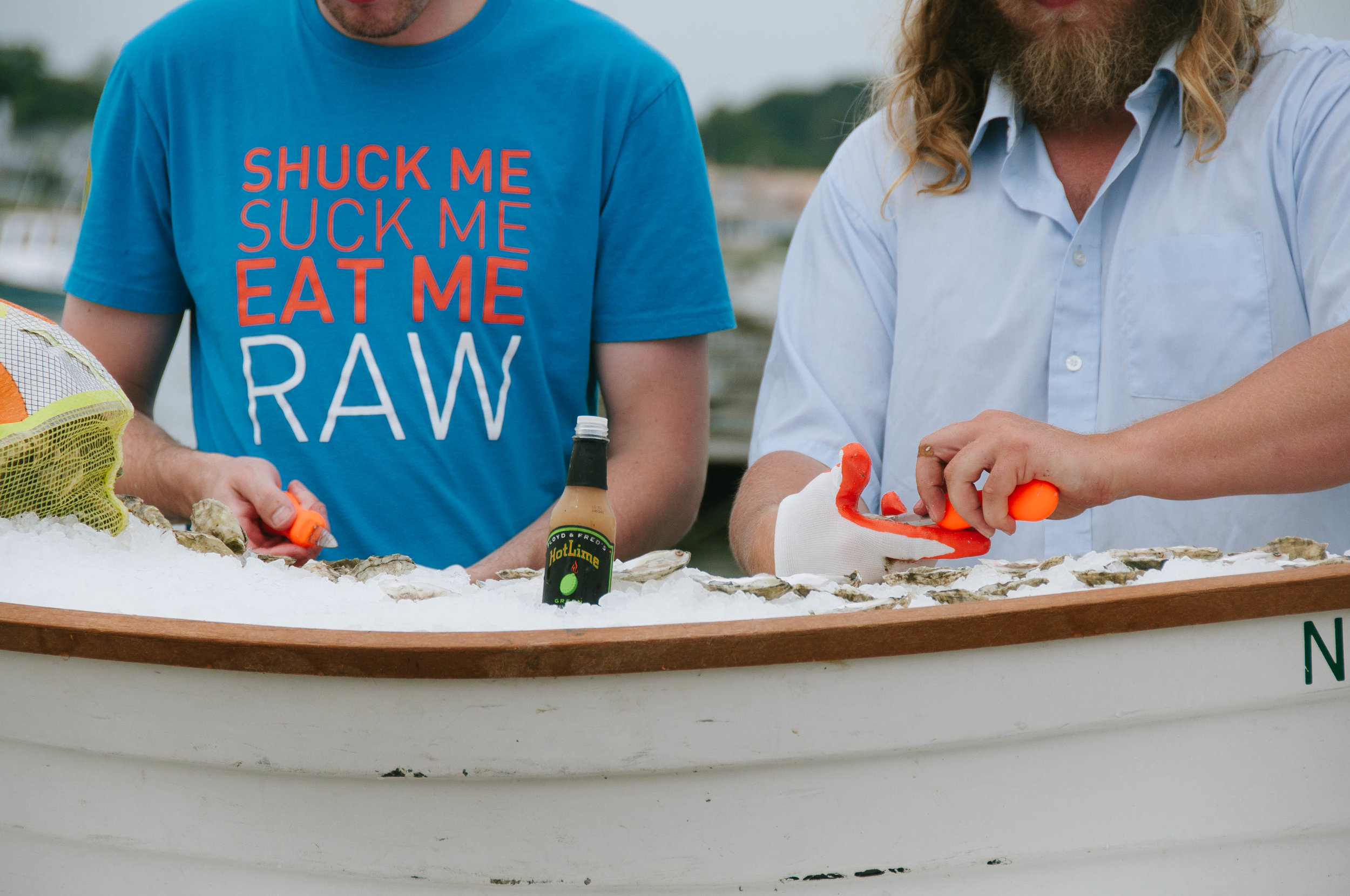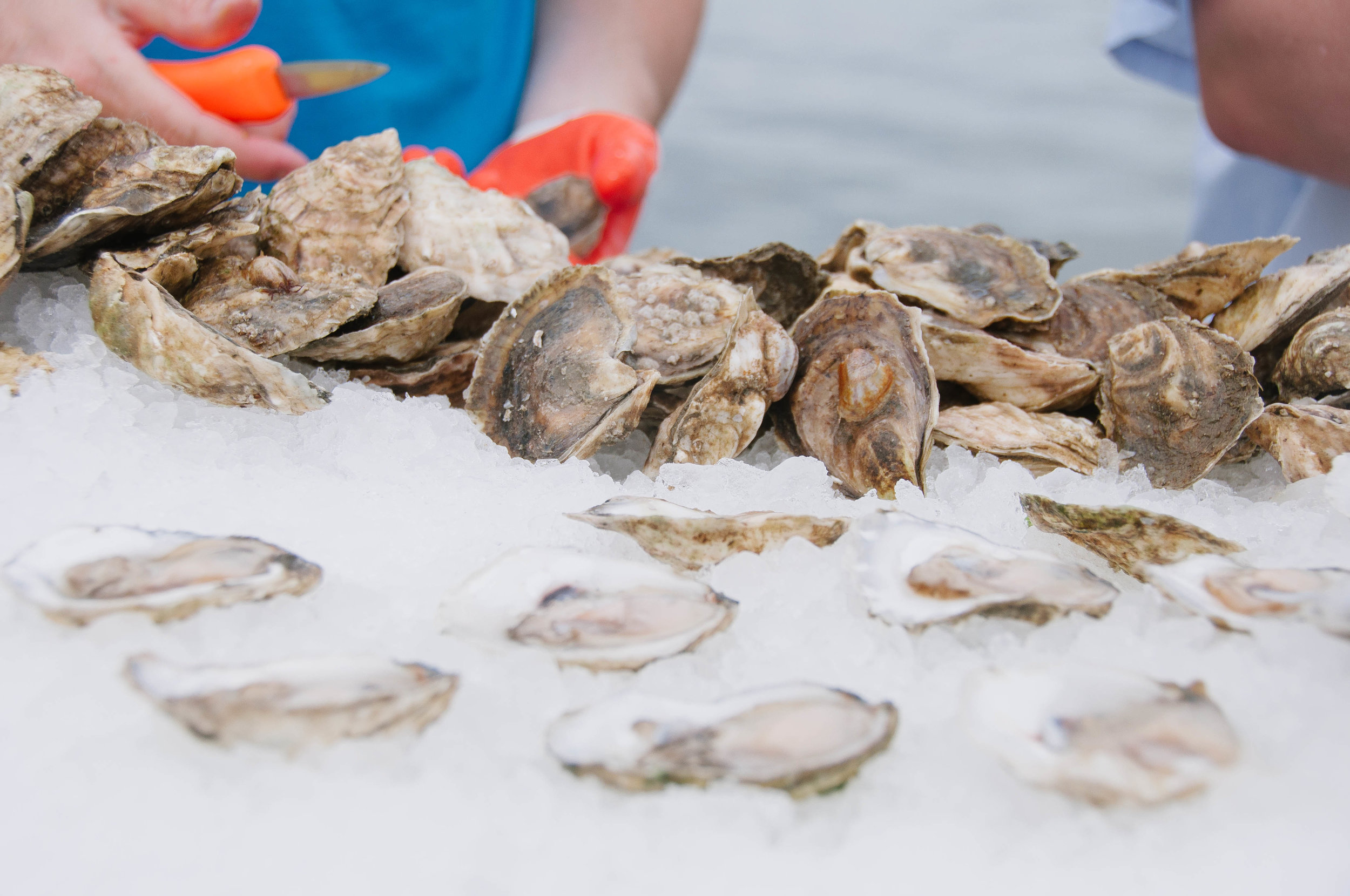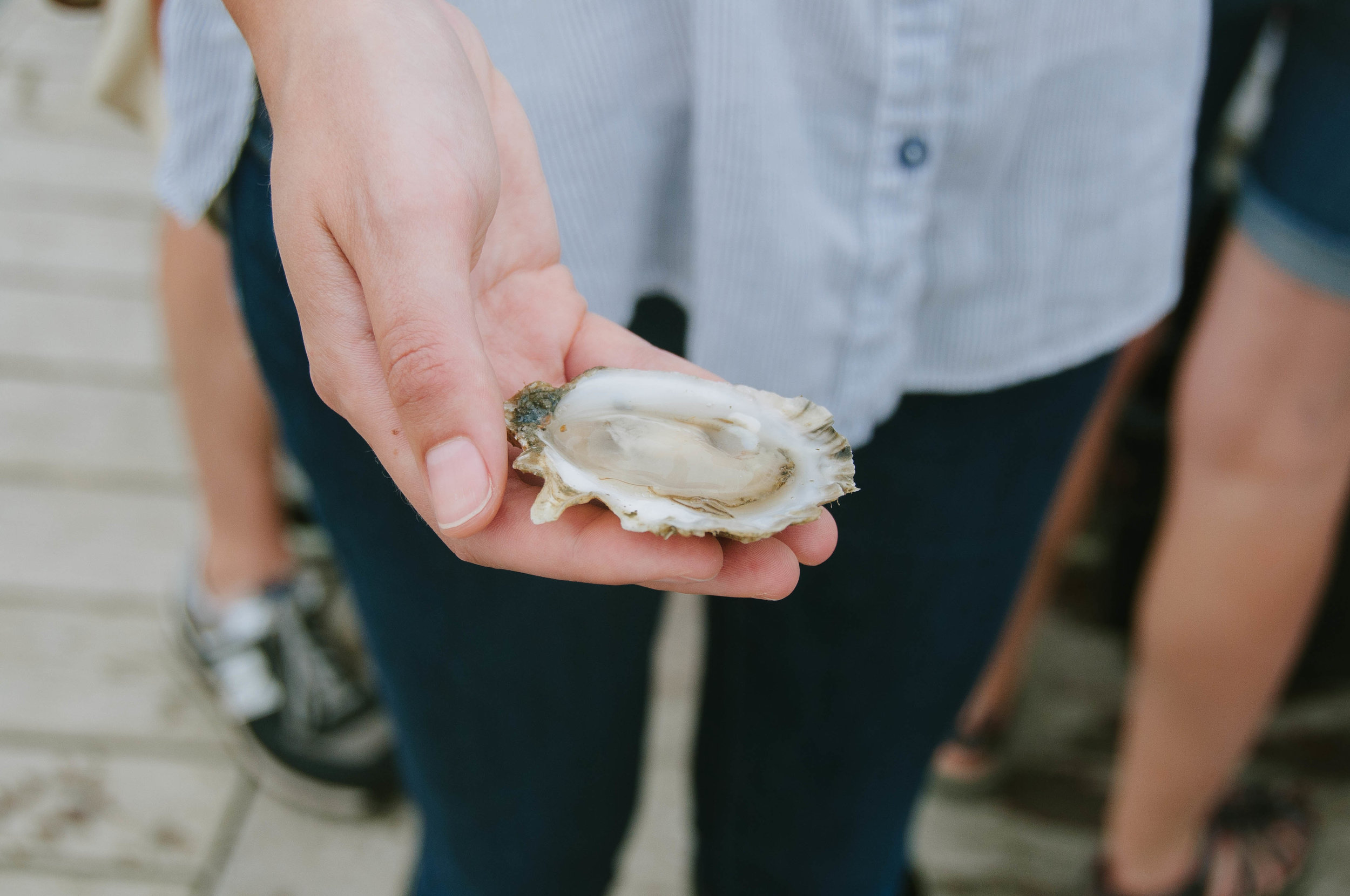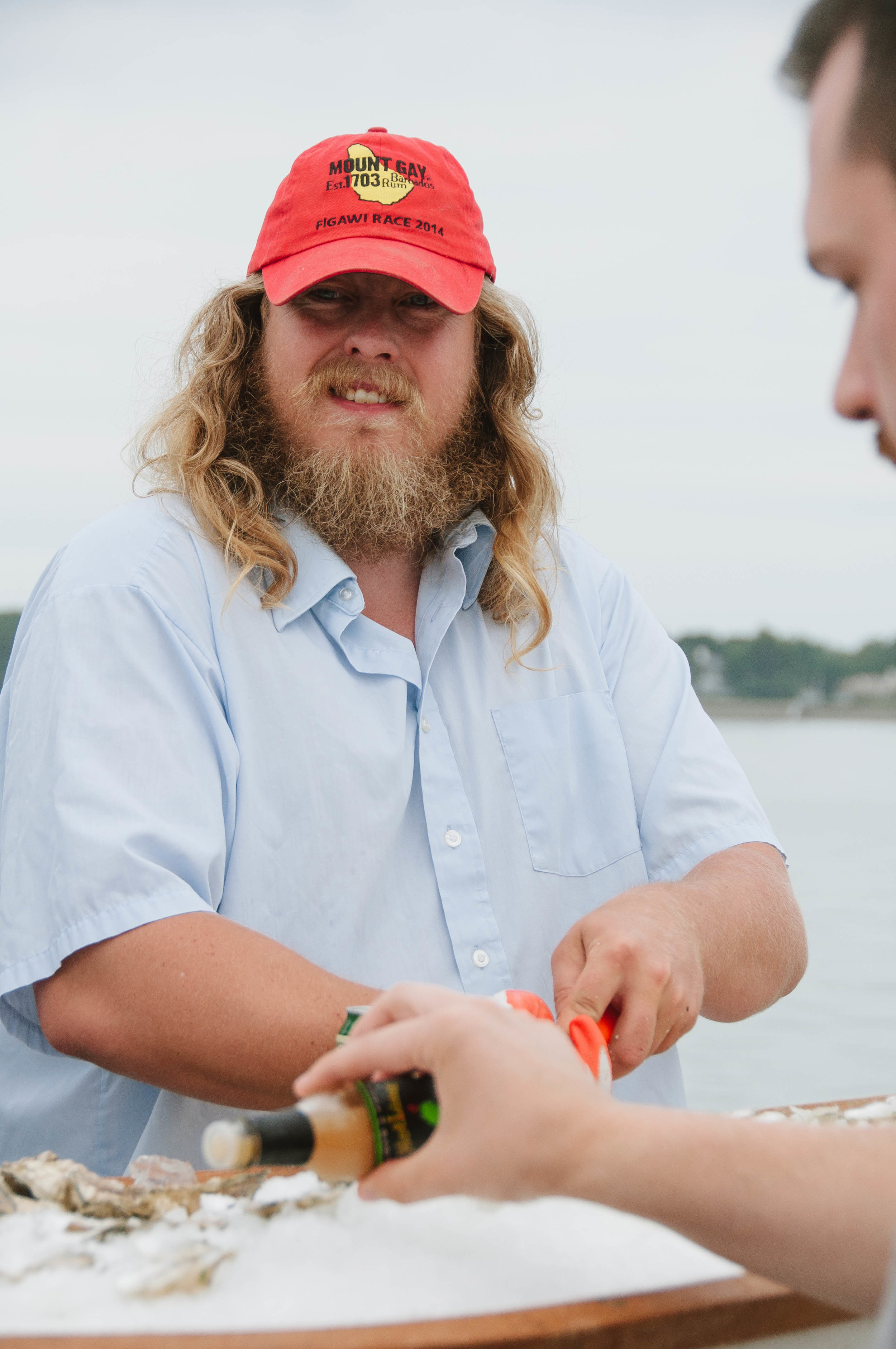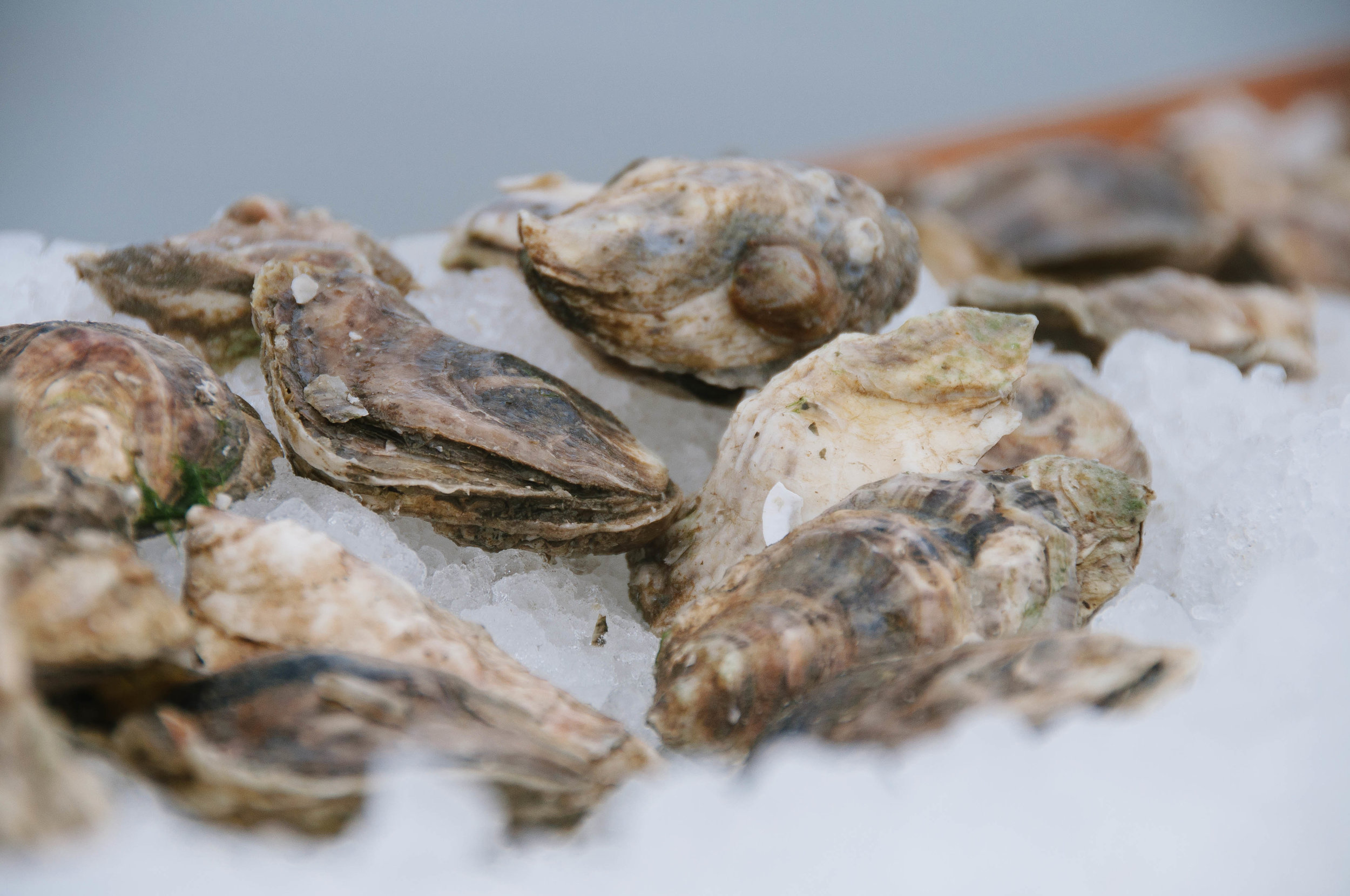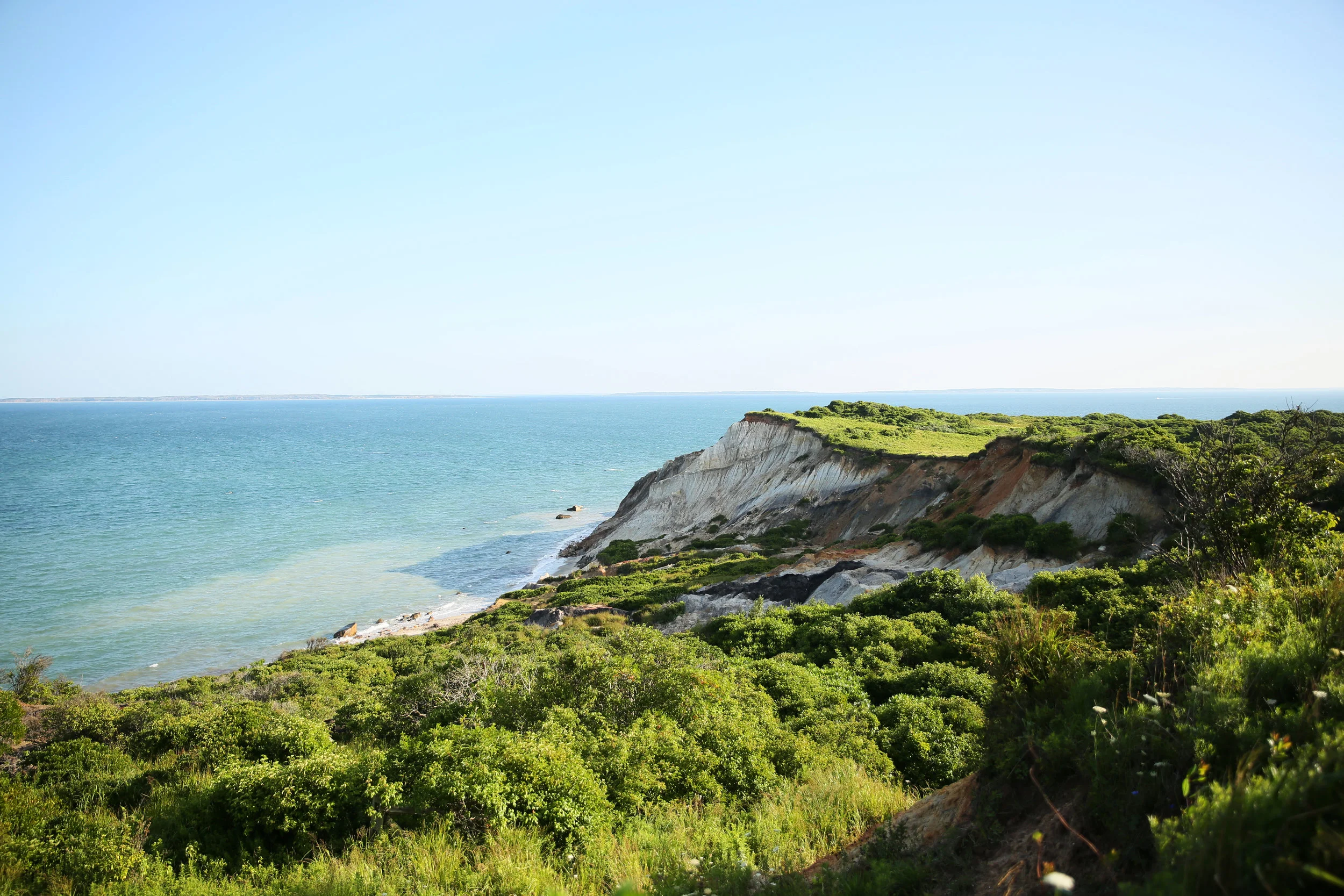Meet Your Farmer: Island Creek Oyster Farm
Meet Your Farmer: Island Creek Oyster Farm
Story by Mandi Tompkins
Photos by Ashley Herrin
Growing the Taste of New England, One Oyster At A Time
There is no doubt that seafood has helped shape the legacy and culture of New England. Travellers come to the region for much more than the foliage, ocean views, and historical reenactments. They come for the unique cuisine that has been served and perfected since the time of our earliest settlers. The culinary story of New England could not be told without mention of a more recent addition to our regional menu — oysters.
Island Creek Oysters (ICO), a purveyor of fine oysters based in Duxbury, Massachusetts, has brought the New England tradition of farming into the Atlantic. The farm began its long journey to becoming one of the country’s finest oyster wholesalers in 1992. This is when Skip Bennett, founder and owner of ICO, started growing oysters in Duxbury bay on a very small scale.
Bennett was a true oyster pioneer in New England. At the time, this aquaculture concept was very new to this part of the country due to the cold environment. Typically, oysters were grown on the west coast and the Gulf of Mexico where the water is warmer. It wasn’t until 2001 that ICO saw its first sizeable crop and had more oysters than they knew what to do with.
At this time, very few restaurants in Boston even served oysters, so the economic environment for an oyster farm was not ideal. Bennett, in a true act of desperation, started driving the oysters up to Boston where he hoped to sell directly to the few oyster bars in existence. His first stop was East Coast Grill in Cambridge, where he knocked on the back door and came face-to-face with the owner, who immediately saw the value in this arrangement, told Bennett he would take whatever he had. This was the birth of the ICO wholesale business.
Today, ICO sells to over 450 restaurants around the country. About a third of their business is in Boston, a third in New York, and the remainder fans out around the country.
From Seed to Table
Island Creek Oyster has found the perfect home to grow oysters from seed to table – Duxbury Bay. We were lucky enough to take a tour of the farm on a perfect July afternoon, where we got a sneak peak into the life of an oyster. Our tour guide for the day was President of ICO and Duxbury native, Chris Sherman, along with his dog Scooter.
The life of an oyster at the farm begins in the hatchery, so naturally this is where we started the day. Since Duxbury Bay does not host a native oyster population, this is where the farm gets all of its seed. While the cold, nutrient rich, salty water of the bay is perfect for maturing oysters, it is too cold for spawning, a process that needs at least 85 to 90 degree water to occur. Duxbury bay is a barrier beach, or a protected bay, which keeps the water excessively cold — about 64 degrees in July versus Wellfleet’s 86 degrees.
There are only a few hatcheries that exist in the country, making ICOs process truly unique. As Sherman describes, “It’s the most science-y, Willy Wonka thing we do at the farm.” This is where they bring in the “handsome devils” for spawning, or adult oysters that have been hand selected for their quality. These oysters are typically thick-shelled, deep cut, and have fluted shells that the farm has identified as more disease resistant. Oysters are sequential hermaphrodites, meaning they switch from male to female throughout their life. “This makes the spawning process particularly challenging”, says Sherman.
ICO also grows its own food in the hatchery, six types of algae that keep 180 million babies (or larvae) alive each season. It’s key that the farm starts with as many babies as possible because at each step in the process they do lose some. When its time to move the babies from the hatchery to the upwellers in the Bay, there are typicallyonly 5 or 6 million remaining. At the end of this stage they have just started to build their shells out of calcium carbonate, and are about the size of a flake of ground pepper.
Before the oysters are taken to their final home in the nursery, they live in upwellers for 8 to 12 weeks. An upweller is a trough system that lives underneath the ICO docks in the Bay. The system consists of a trough running down the middle, with four silos running down either side. A pump sits at the bottom of the trough and pulls Bay water through the system continuously throughout the summer, giving the oysters the constant flow of water and nutrients they need to grow. At this stage in the process, the oysters double in volume daily. They go out to the nursery when they are about a quarter inch in size.
After they’ve reached this key size, the oysters take a ride out to the nursery where they take up residence in one of the farms many cages. Each cage becomes home to about 6 bags of young oysters, or around 6000 oysters total. There are 350 cages in the Bay currently and the oysters will stay in these cages for another two to three months.
The last step in the process is planting the oysters directly on the Bay floor, where they live out their lives. ICO plants the oysters on their allotted ocean-bottom acreage where they remain all through the fall and winter months. The oysters go dormant in the winter, meaning they don’t eat, filter, or grow, but ICO does continue to harvest during these months.
After 18 months, and at longest after two and a half years, ICO harvests the oysters. They use two methods – hand picking and dragging during extreme low tide when there are acres of mud flats. On a typical day, the ICO farmers can harvest 5,000 to 6,000 oysters, which keeps their many restaurants happy. About 25 percent of harvested oysters are deemed unworthy of being an Island Creek. Those oysters are thrown back between the cages on the Bay floor for self-correcting. An oyster can actually change their shape when they are given a slightly different environment.
Once the oysters have been harvested, they are culled (sorted to find the perfect ICO oysters), washed, counted, and bagged in standard units for chefs.
Shelled Environmental Warriors
A crucial environmental characteristic for raising oysters is the flow of water. A constant flow of water is key, as this is how oysters eat. An adult oyster in the Bay will actually filter about 50 gallons of water a day. This also makes them true environmental warriors. Oysters clean the water, remove nitrogen when they feed, and help reduce the production of carbon dioxide by incorporating carbon in their shells.
Although oysters are making strides to clean the water around them, they aren’t immune to the effects of global warming. Recently, oyster farmers have been faced with yet another obstacle — ocean acidity.
According to National Geographic, the introduction of massive amounts of carbon dioxide into the ocean is changing water chemistry. When this carbon dioxide dissolves, an acid is formed, and this leads to higher acidity that is proven to inhibit shell growth. This is a major problem for the oyster population, and part of the reason ICO created the hatchery. It helps to ensure that the farm constantly has a seed supply, something that couldn’t happen in Duxbury Bay with the increase in ocean acidity.
The Taste of Duxbury Bay
ICO oysters have their own specific flavor profiles, something you can enjoy for yourself at many restaurants throughout New England. The flavor of an oyster is a snapshot of its natural conditions (salinity and temperature of the water) and the food they eat. Also, the lifecycle of the oyster has an effect on the taste. The farm grows and harvests two types of oysters, the traditional Island Creeks and Row 34s.
In Duxbury Bay they have almost full ocean salinity, which is a stark difference from the marshy, brackish environment of many oyster farms. As such, the classic ICO flavor profile carries a burst of salt up front followed by nice vegetal and grassy flavors that are created by the green algae that they live on. They have a really strong sweet finish with a crisp, toothy bite.
The Row 34s, a newer variety, have a teardrop shape, and they have a nutty, earthy taste with hints of mushroom. These oysters were originally created for Island Creek Oyster Bar, and then eventually became the namesake for Fort Point restaurant Row 34.
Island Creek oysters can be found all over New England, including their flagship restaurant, Island Creek Oyster Bar in the Fenway neighborhood of Boston. The farm sells their oysters to dozens of other restaurants in the area, all set to arrive within hours of harvesting. That means every oyster served under the ICO name is as fresh as possible.
The best way to enjoy a fresh Island Creek oyster is to go directly to the source. Says Sherman, “Oysters are a representation of where they come from, and by visiting the farm, oyster lovers can see the sights and smell the smells that are associated with the ICO flavor.”
